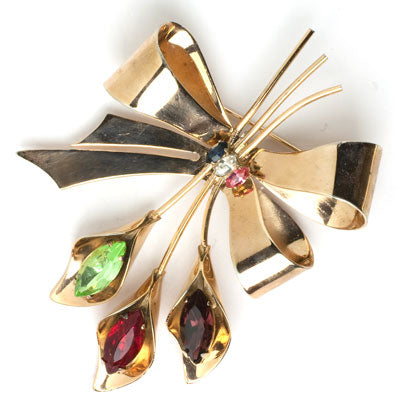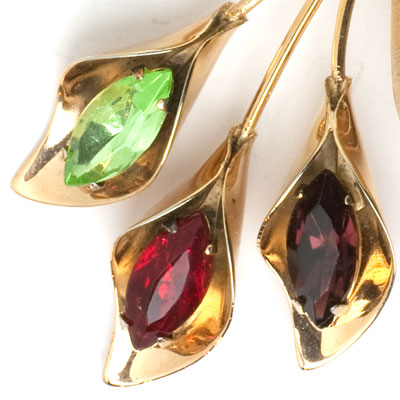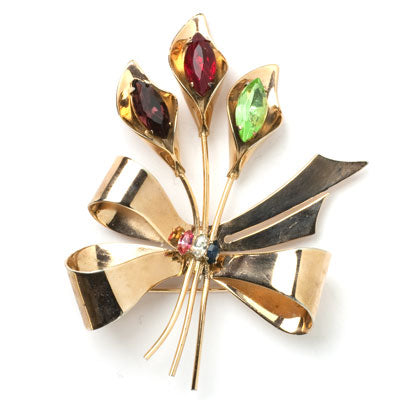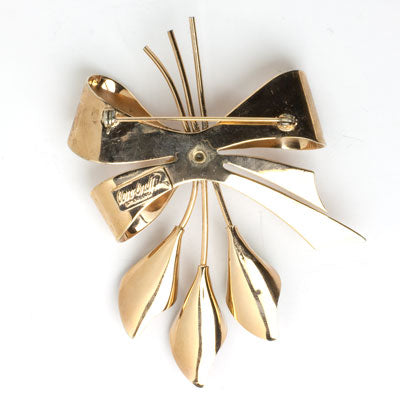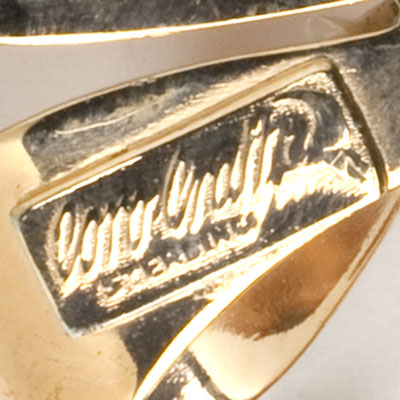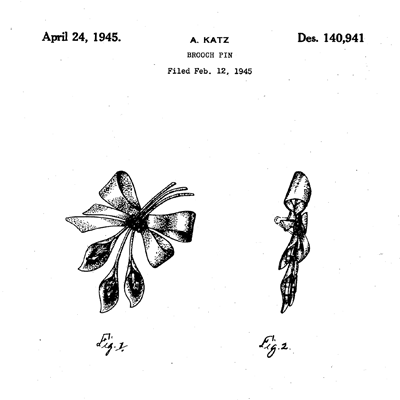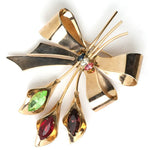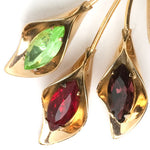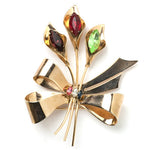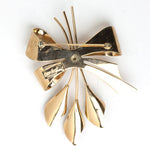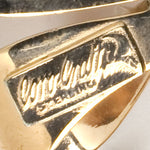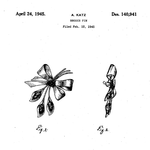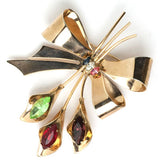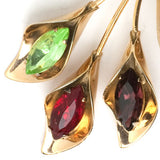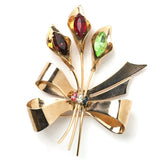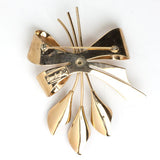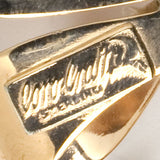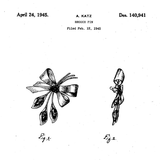Why Buy Vintage Costume Jewelry?
One reason is that it’s environmentally friendly. Resale fashion and vintage jewelry has become a preferred sustainable and affordable shopping choice by today’s discerning fashion and eco-conscious consumer.
Another major reason is the quality. Although vintage costume jewelry was made for all levels of the marketplace – from dime stores to high-end fashion boutiques and jewelry stores – you will find only the best pieces here. They were well-designed and carefully made to last. The manufacturers represented here used only the finest materials – glass stones and beads from Bohemia, Austria, and France, and faux pearls from France and Japan. Settings were primarily sterling silver, gold-filled, or base metals heavily plated with gold, silver, or rhodium. Stones were hand-set, and pieces were hand-finished.
The northeastern part of the U.S. was the center of the industry, with the largest companies located in Providence, Rhode Island by the end of World War II. During the Depression, the quality of costume pieces climbed to new levels when many jewelers and craftsmen had to switch to this segment of the industry. In addition, it attracted many skilled workers who fled the political situation in Europe for the U.S. For these reasons, designs and manufacturing techniques rivaled those employed in the making of fine jewelry.
A third reason to buy costume jewelry is its uniqueness. Having survived for so many decades in such wonderful condition and having been selected for their aesthetic quality, the pieces you’ll find here are unlikely to be found elsewhere.
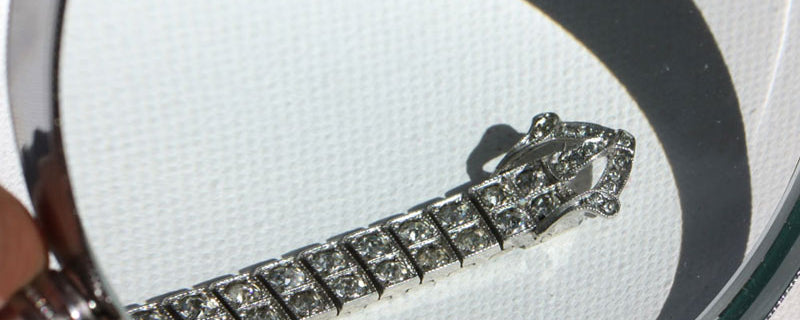
True vs Fake - shop vintage costume jewelry with confidence
Barbara Schwartz believes her customers must trust the authentication of vintage piece to be able to shop her TruFaux Jewels collection with confidence.
A self-described 'jewelry sleuth', Barbara is a noted and published costume jewelry historian. With passion and practised research skills she identifies and describes every piece in detail by date, maker, materials, construction, condition and style.
Truly a rare find

